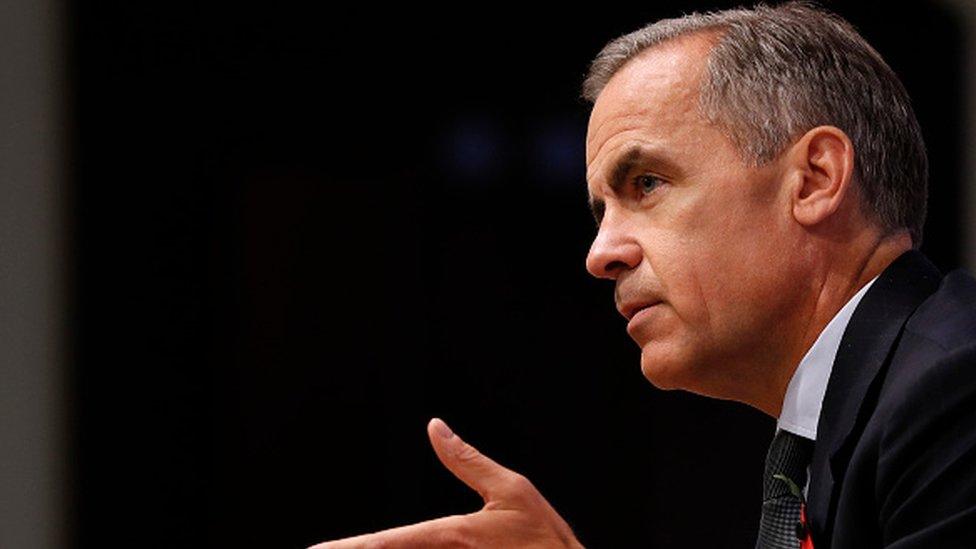Jobless rate down but wage growth slows
- Published
- comments

UK unemployment fell in the three months to January but there was a sharp slowdown in wage growth.
The Office for National Statistics (ONS) said the unemployment rate fell to 4.7% - it has not been lower than that since the summer of 1975.
However, wage growth has slowed to 2.3% (excluding bonuses) from 2.6% in the previous three-month period.
Wages are rising above the rate of inflation, which is currently 1.8%, but the gap has narrowed.
"March's labour market release reported a solid performance on the jobs side, but included worrying signs of weakness with regards to wages," said Martin Beck, senior economic advisor to the EY Item Club - a respected economic forecasting group.
"We remain cautiously optimistic that this trend will reverse... but with a high proportion of annual pay settlements coming in the early part of the year, the next few months are crucial."

Following last week's Budget, Paul Johnson, director of the Institute for Fiscal Studies (IFS) warned that wages were unlikely to be higher in the next five years.
He said: "On current forecasts average earnings will be no higher in 2022 than they were in 2007. Fifteen years without a pay rise. This is completely unprecedented."
The latest data showed that wages are growing at the slowest rate since April of last year.
"This weakness was broad based, with wage growth moderating in the financial and business services, distribution, construction and public sectors," said Samuel Tombs, chief UK economist at Pantheon Macroeconomics.
Interest rates impact
Wage growth is one of the most important pieces of data that the Bank of England takes into consideration when it makes decisions about interest rates.
The Bank holds its next interest rate policy meeting on Thursday.

Bank of England Governor Mark Carney will consider wage growth when deciding on interest rates
Mr Tombs said he expects the Bank of England's Monetary Policy Committee (MPC) to keep interest rates on hold at 0.25%.
"All told, the combination of meagre wage growth despite very low unemployment supports the MPC's view that enough slack remains in the labour market to warrant keeping rates on hold during the imminent period of high inflation."
Zero hours up
The ONS said there are 1.58 million people out of work in the three months to January, 31,000 fewer than the previous three months.
The unemployment rate was last at 4.7% in 2005 and has not been below that since the summer of 1975.
The ONS also released data on the number of people on zero hour contracts in their main job, which rose by 101,000 between October and December to 905,000.
This is equal to 2.8% of all people in employment.
Number crunching
The unemployment figures are based on the Labour Force Survey in which the ONS talks to about 40,000 households, or 100,000 individuals, every three months.
As it is a survey, the results are estimates and have a margin of error.
For example, the unemployment rate of 4.7% is the best estimate from the ONS, but it is 95% confident that the actual rate is between 4.5% and 4.9%.
Similarly, the fall in unemployment was 31,000, but could be 80,000 above or below that number, so the drop is described as not being statistically significant.